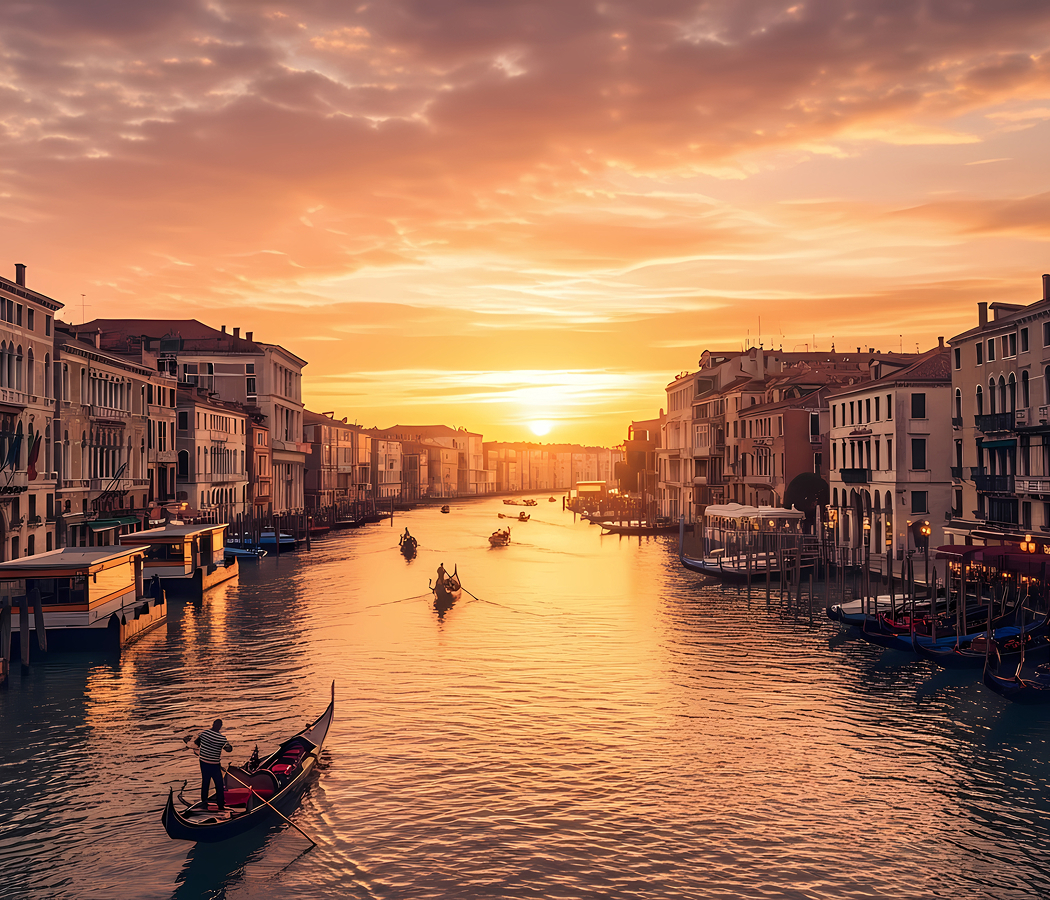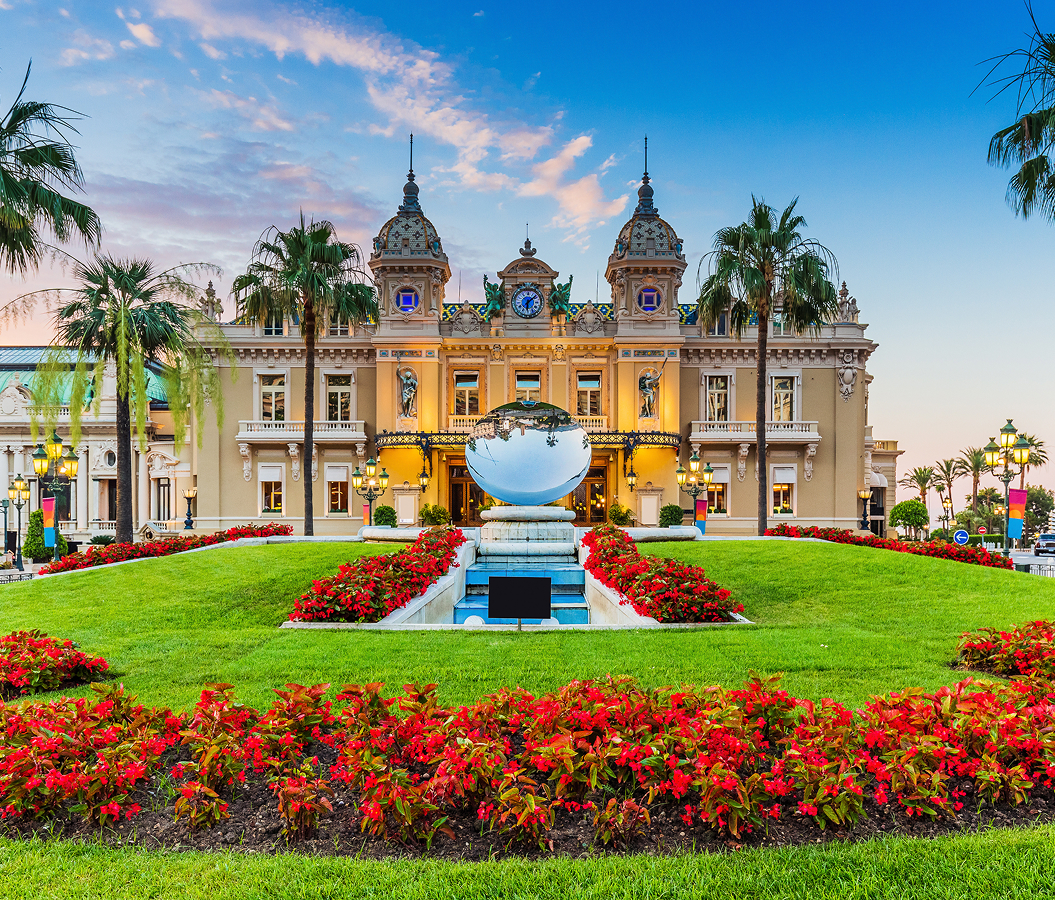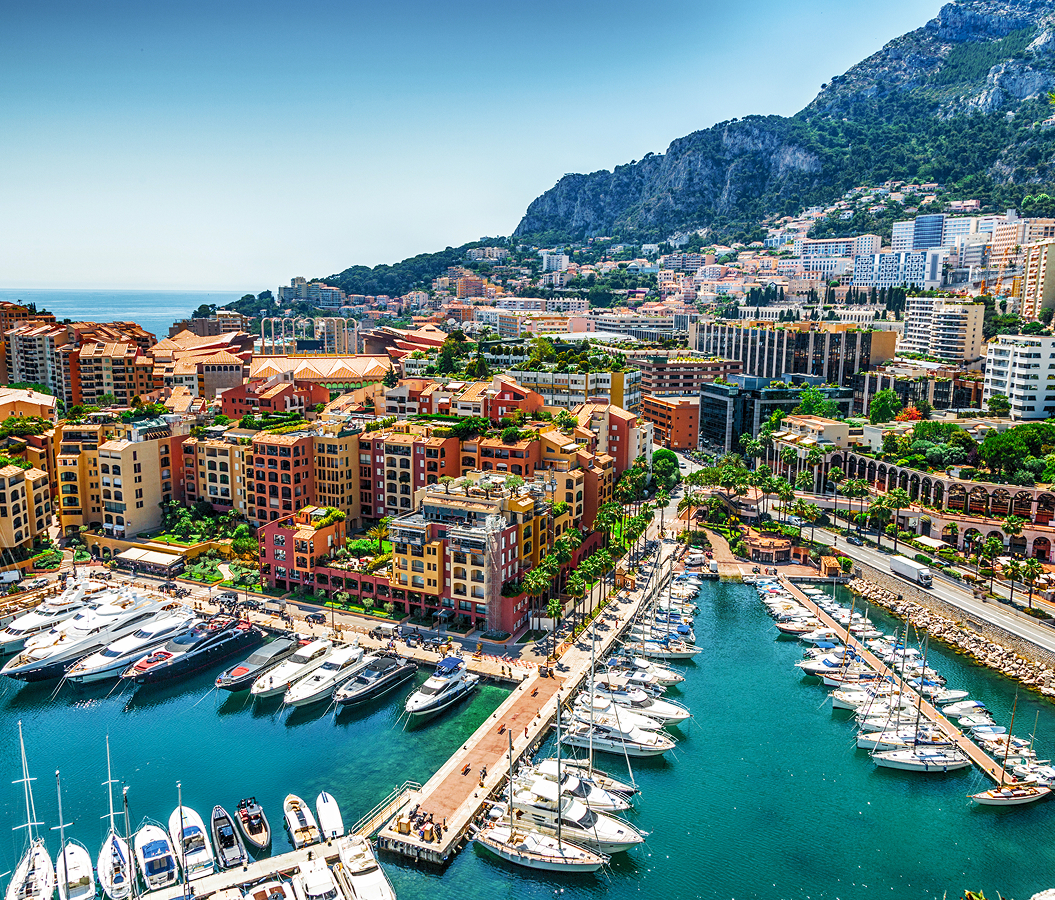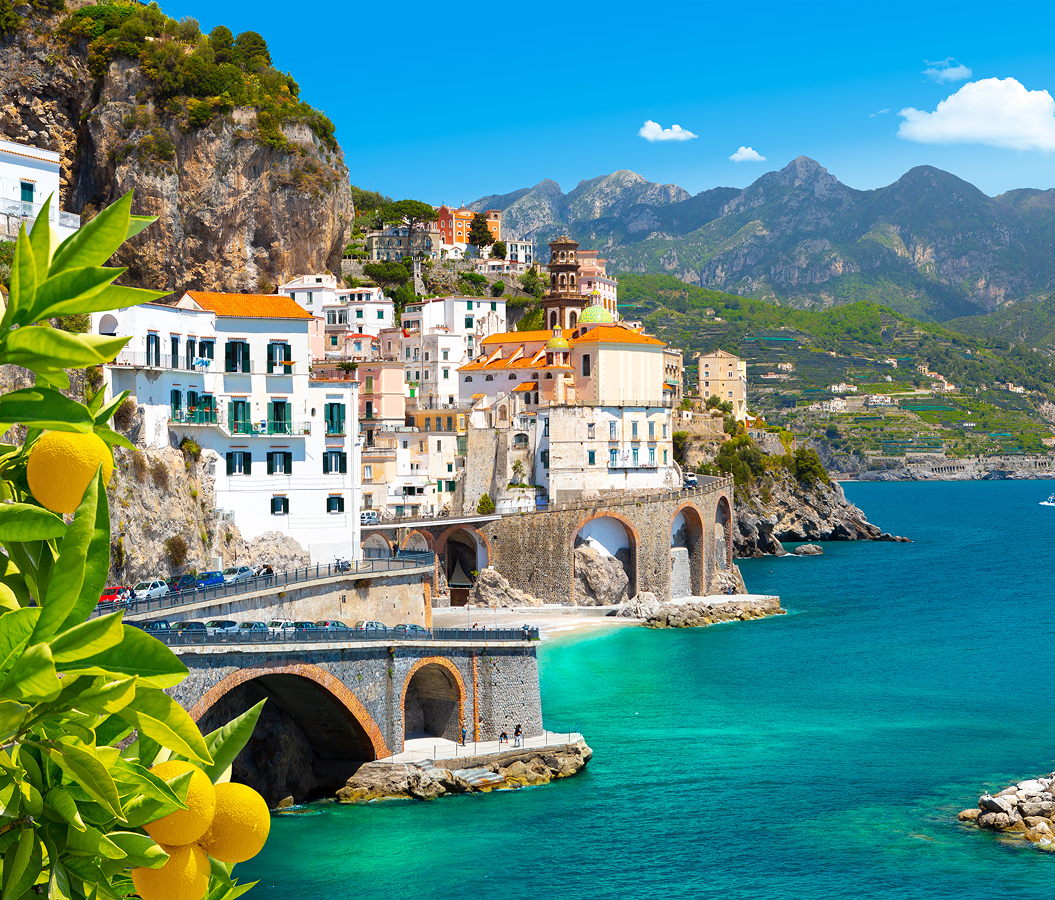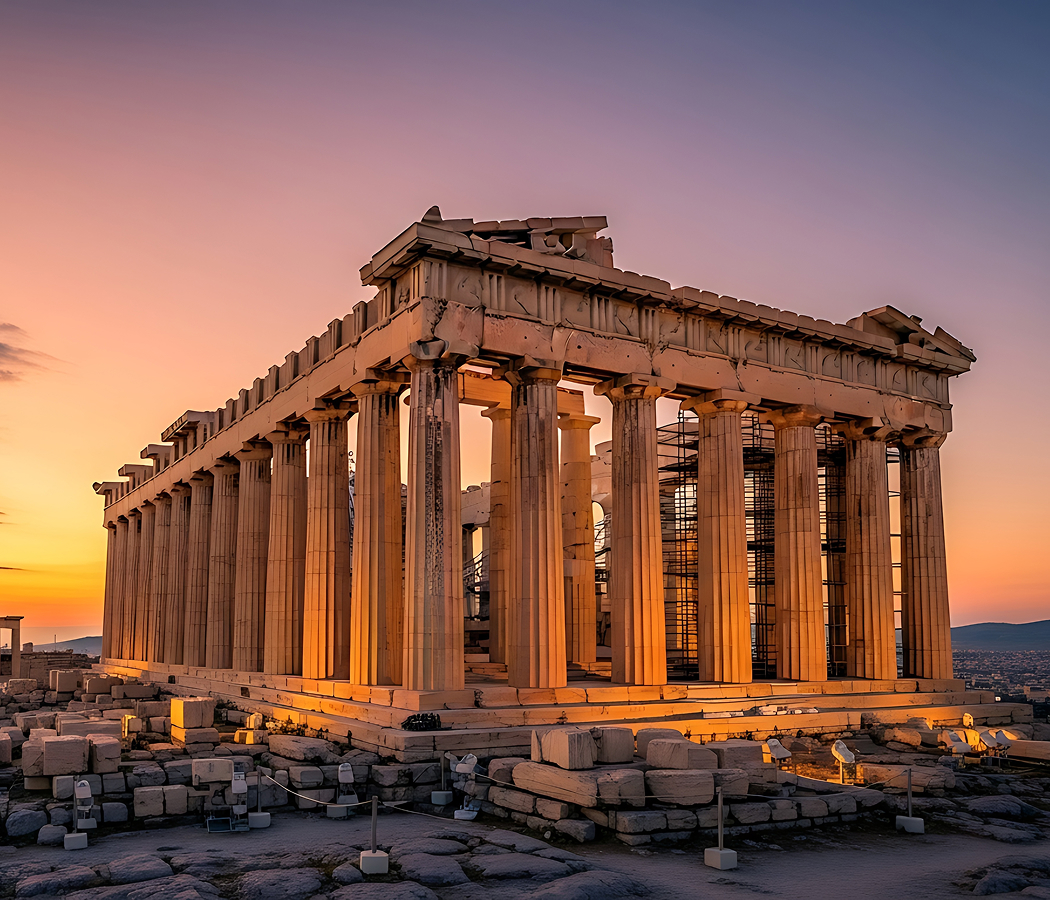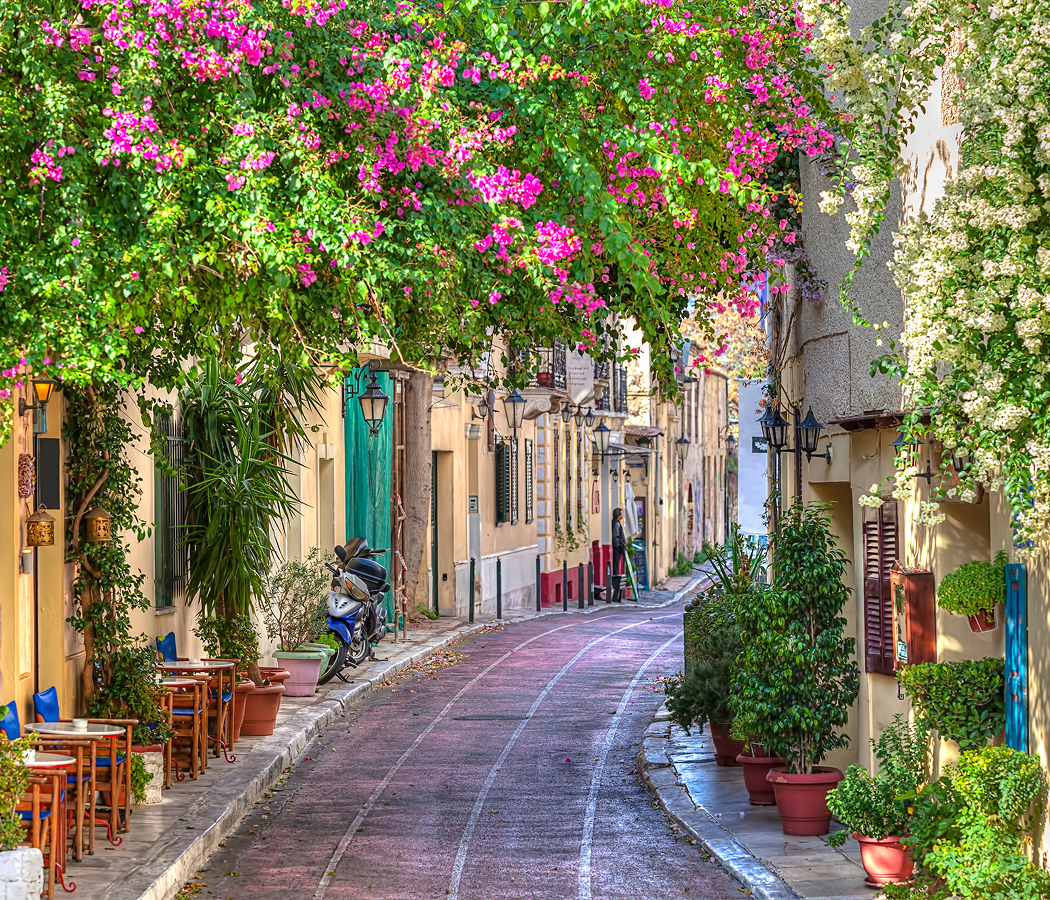
Why you should experience the Windmills of Mykonos (The Windmills of Kato Mili).
The Windmills of Mykonos (The Windmills of Kato Mili) are the island’s most iconic sentinels, elegant, whitewashed guardians of the Aegean that have come to symbolize the very spirit of Mykonos.
Perched on the edge of Chora, overlooking the glittering waters of the old harbor and the colorful façades of Little Venice, these windmills tell the story of an island shaped by wind, sea, and human ingenuity. Their rounded forms and thatched conical roofs are instantly recognizable, rising from the hillside like sculptures carved from sunlight. In the golden hours of dawn or dusk, when the light softens over the Cyclades, they appear almost weightless, spinning slowly in the imagination even when still. Built by Venetian settlers in the 16th century, the windmills once powered the island’s grain trade, grinding wheat brought by ships that crossed the Aegean from distant ports. Their placement along the ridge wasn’t aesthetic but practical, harnessing the strong northern “meltemi” winds that sweep across the archipelago. Today, they stand retired yet timeless, a testament to the craftsmanship and maritime legacy of Mykonos. To stand among them is to witness the intersection of history and horizon, where industry once met artistry and where the whispers of the past still dance on the sea breeze.
What you didn’t know about the Windmills of Mykonos.
Though now one of Greece’s most photographed landmarks, the Windmills of Kato Mili were once vital engines of Mykonos’s survival, symbols not of leisure but of labor.
During the 17th and 18th centuries, Mykonos was a key stop on the Aegean trade routes, its harbor bustling with ships carrying grain, spices, and fabrics between Venice, Asia Minor, and the Levant. The island’s position and relentless winds made it an ideal milling hub, and at one point more than 20 windmills dotted its landscape. Each operated with a precision born of necessity: sails woven from heavy cloth caught the wind, turning massive wooden shafts connected to millstones that crushed grain into flour. The sound of grinding echoed day and night, feeding not only Mykonians but sailors passing through the Aegean. The seven surviving mills of Kato Mili, positioned side by side above the old port, remain the finest example of this heritage. Their cylindrical bodies were built from stone and coated in lime to reflect sunlight and resist salt air, while their pointed roofs, once made from palm fronds, gave them a rustic charm that endures centuries later. By the early 20th century, with the rise of steam-powered machinery, the windmills fell silent, their sails stilled against the changing tides of time. Yet rather than crumble into obsolescence, they transformed, becoming emblems of the island’s resilience and beauty. One mill, Bonis Windmill, has been lovingly restored as a museum, offering insight into the mechanisms and daily rhythms of mill life. Few visitors realize that these structures, now peaceful silhouettes against the sunset, were once the heartbeat of an island’s economy and the foundation of its self-sufficiency.
How to fold the Windmills of Mykonos into your trip.
Experiencing the Windmills of Mykonos is less about sightseeing and more about savoring a moment suspended between sea and sky, where the island’s past whispers through every gust of wind.
Begin your visit in the late afternoon, when the descending sun bathes Kato Mili in amber light. Approach from the narrow lanes of Mykonos Town, winding past boutiques and bougainvillea-covered cafés until the vista opens toward the sea. From the ridge, the view sweeps across Little Venice, a painter’s palette of white walls and turquoise balconies, with the Aegean shimmering beyond. Spend time walking between the seven windmills, each with its own character and story etched into the plaster. Pause at Bonis Windmill, now part of the Agricultural Museum, to glimpse the tools and artifacts that once powered the island’s trade. As twilight approaches, settle on the stone wall or nearby benches to watch the spectacle unfold: the sky ignites in shades of gold, rose, and violet, the sails of the windmills silhouetted against the setting sun. This is one of the most breathtaking vantage points in all of Greece, where romance and history merge in perfect balance. After sunset, stroll down to Little Venice for dinner, spots like Kastro’s or Negrita offer front-row views of the glowing mills reflected in the water. If you return at night, you’ll find them softly illuminated, silent yet commanding, guardians of a harbor that has seen centuries of wind, trade, and transformation. The Windmills of Mykonos are more than symbols of beauty, they are monuments to endurance, standing proudly between the forces of nature and the poetry of time.
Hear it from the Foresyte community.
Looks like giant props from a fantasy movie. These old towers staring at the sea like they know they’ve got nothing to prove. Sun goes down and the whole scene feels unreal.
Where meaningful travel begins.
Start your journey with Foresyte, where the planning is part of the magic.
Discover the experiences that matter most.















